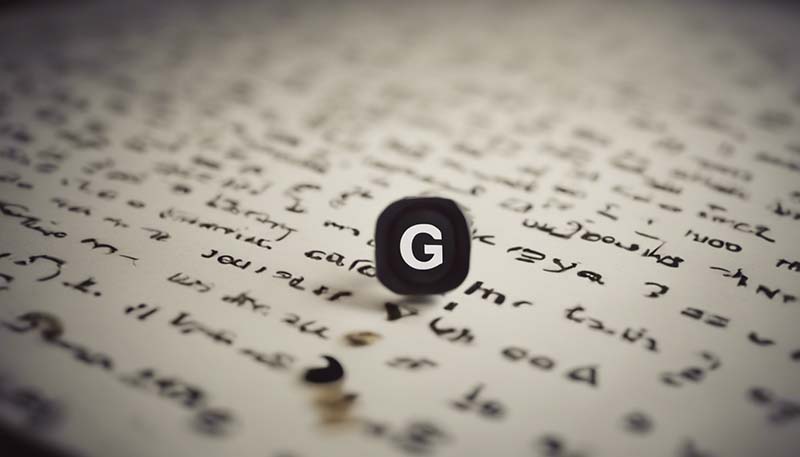The Importance of Punctuation in Writing
Effective communication is the cornerstone of successful writing, and punctuation plays a crucial role in ensuring that the intended message is conveyed clearly and accurately. Punctuation marks are the silent soldiers of the written language, guiding readers through sentences and helping them understand the structure and meaning of written text. This article delves into the importance of punctuation in writing, exploring its various functions and the impact of its misuse or omission.
Functions of Punctuation
Punctuation serves several key functions in written language:
- Clarifying meaning: Punctuation helps to clarify the meaning of sentences by indicating pauses, tone, and the relationship between clauses and phrases.
- Organizing text: It organizes text into manageable chunks, making it easier for readers to follow the flow of ideas.
- Indicating structure: Punctuation marks like periods, commas, and semicolons show the relationship between different parts of a sentence.
- Conveying tone: Exclamation marks and question marks, for example, can indicate the writer's emotions or the type of response they are seeking.
- Preventing ambiguity: Proper punctuation can eliminate ambiguity and reduce the risk of misinterpretation.
The Role of Different Punctuation Marks
Each punctuation mark has a specific role in writing:
1. Period (Full Stop)
The period is used to mark the end of a sentence, signaling a full stop in the flow of ideas. It provides a clear break between sentences, allowing the reader to pause and absorb the information.
2. Comma
The comma is one of the most versatile punctuation marks. It can separate items in a list, indicate a pause in speech, or separate independent clauses joined by a coordinating conjunction.
3. Semicolon
The semicolon is used to connect two closely related independent clauses without a coordinating conjunction. It's a stronger break than a comma but less conclusive than a period.
4. Colon
The colon is used to introduce a list, a quotation, or an explanation. It can also be used to emphasize a point or to show that what follows is a direct result of what came before.
5. Question Mark
The question mark indicates a direct question and is placed at the end of the sentence. It signals to the reader that a response or further information is expected.
6. Exclamation Mark
The exclamation mark is used to express strong emotion or to emphasize a point. It should be used sparingly to maintain its impact.
7. Quotation Marks
Quotation marks are used to indicate direct speech or quotations, as well as to denote titles of books, songs, and articles.
8. Apostrophe

The apostrophe is used to indicate possession or to form contractions. It can also be used to indicate the omission of letters or numbers in a word or number.
9. Parentheses
Parentheses are used to set off additional information that is not essential to the main point of a sentence but adds clarification or emphasis.
10. Dash
The dash is used to indicate a sudden break in thought or to emphasize a point. There are two types of dashes: the en dash and the em dash, each with its own specific use.
11. Ellipsis
The ellipsis is a series of three dots used to indicate an omission in the text or a pause in speech.
Consequences of Misusing Punctuation
Misusing punctuation can lead to confusion, misinterpretation, and a breakdown in communication. Here are some consequences of poor punctuation:
- Ambiguity: Without proper punctuation, sentences can be unclear, leading to misunderstandings.
- Loss of emphasis: Punctuation can be used to emphasize important points; without it, the writer's intent may be lost.
- Unprofessionalism: In professional writing, punctuation errors can give the impression of carelessness or lack of attention to detail.
- Difficulty in reading: Poorly punctuated text can be harder to read and understand, which can lead to reader fatigue or disinterest.
Tips for Using Punctuation Effectively
Here are some tips to help you use punctuation effectively:
- Learn the rules: Familiarize yourself with the standard rules of punctuation for your language.
- Read aloud: Reading your text aloud can help you identify where pauses are naturally occurring and where punctuation may be needed.
- Use punctuation sparingly: Overuse of certain punctuation marks, like exclamation points, can diminish their impact.
- Be consistent: Be consistent in your use of punctuation throughout your writing.
- Edit and proofread: Always edit and proofread your work to catch and correct any punctuation errors.
Conclusion
Punctuation is an essential tool in the writer's arsenal. It helps to convey the intended meaning, organize the text, and ensure that the reader can follow the writer's train of thought. By understanding the functions of different punctuation marks and using them effectively, writers can enhance the clarity, readability, and impact of their written work.
Remember, punctuation is not just about following rules; it's about using these tools to communicate more effectively.